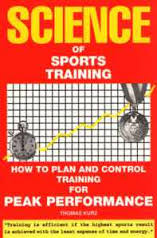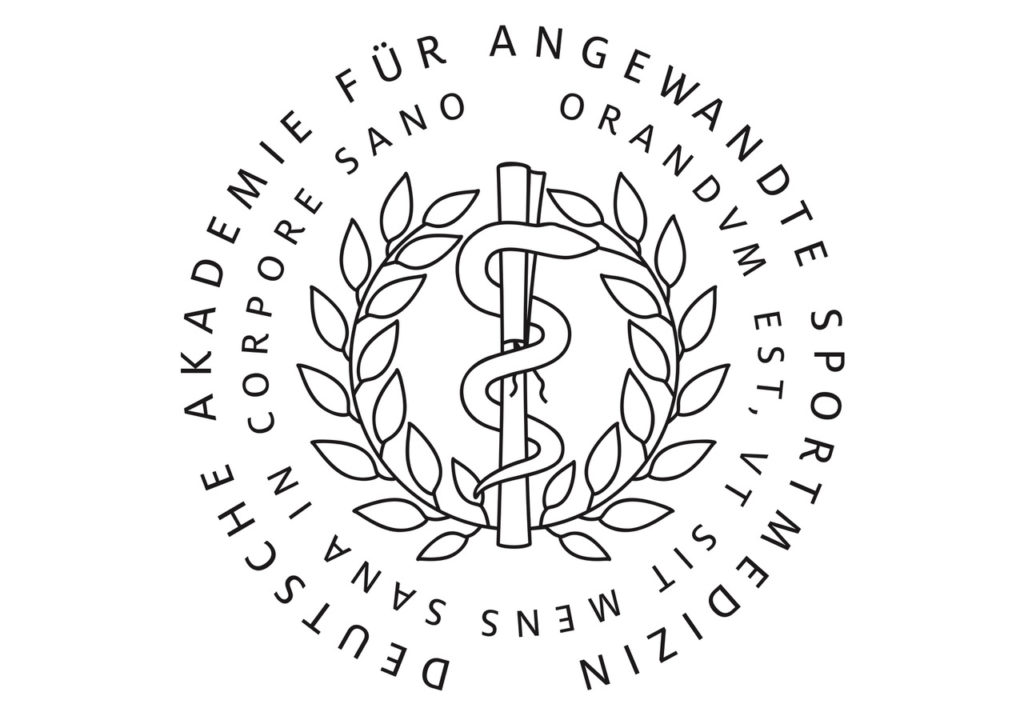Main Menu
Latest Blog Entry
User login
Book Review – Science of sports training by Thomas Kurz

A little gem
Science of Sports Training Book Review
I have been meaning to get this book for a while, having read a lot of Thomas Kurz’s stuff on his website about flexibility training.
The book is a bit old now, published in 2001, with most of the research quoted pre dating that. This would probably disqualify it from being used as an academic text book, but as a Coaching handbook it is very good.
Kurz has an Eastern European training and coaching background, although he is now based in the USA. Most of the research comes from Eastern Europe as do the coaching philosophies.
What comes through is the need for a massive preparation and general conditioning phase before specialising- what is commonly termed LTAD (Long Term Athlete Development ) over here.
The book is split into 4 sections:
- Introduction to sports training
- Developing physical abilities
- Developing physical skills and mental toughness
- Planning and control of training
As I was reading this book I could see mistakes I have made in my own training in the past, with diet and mesocycle planning being the obvious ones.
But, more pointedly, I can see mistakes that coaches are making time and time again, operating within their own little bubbles and not knowing what they don’t know.
A sample quote highlights this
“Coaches who want quick success, even with young athletes, develop mainly the physical abilities that are dominant in a given athletic event. Some use so-called exercises of direct purpose or immediately applicable exercises.
In such a system, a shot-putter practices technique only by putting shot, develops strength by standard weight lifting exercises, and speed by short sprints and starts.
Such an approach results in considerable improvement of sport-specific performance in shot put but a stagnation of it in only a few years, after which permanent progress of the athlete is limited to strength as measured by standard weight lifting methods and speed measured by the standard 20-meter sprint from starting blocks.” (p42).
Compare this with the how much can you squat, clean and bench press approach to fitness testing in the UK- and then making young athletes do this and comparing them with adults!!!
Summary and Further Reading
The book is pretty comprehensive, but easy to read. I especially liked the planning and cyclical aspects of training and how different training modes affect recovery and the next training session.
This is probably because I have been looking to improve that area of my Coaching, and sometimes you find what you look for.
It is an applicable book, with not much information wasted.
This book makes the shortlist of my recommended books for sports coaches
Read more on LTAD here: Training Young Athletes
Client Testimonials
 German Academy of Applied Sports Medicine (DAASM)
German Academy of Applied Sports Medicine (DAASM)
James Marshall is a master of his field. He knows how to turn a big audience hall into a small seminar setting, where he picks everyone up. One of the finest invited speakers DAASM has ever had the privilege to announce. Dr. Dr. Homayun Gharavi Founder & President of DAASM
More


Comments
[…] Kurz is the author of the Science of Sports Training and has produced this dvd to help people develop practical flexibility and […]
[…] a statement from James Marshall’s book review of my book “Science of Sports […]
[…] concept, however is not new to the strength and conditioning world; Kurz5 highlights how the strength training year needs to be divided up into 3 […]
[…] categorising the different types of restorative methods available. I think Tom Kurz in “Science of sports training” is the other book that covers this well. The nutrition section is very short and lacking in […]